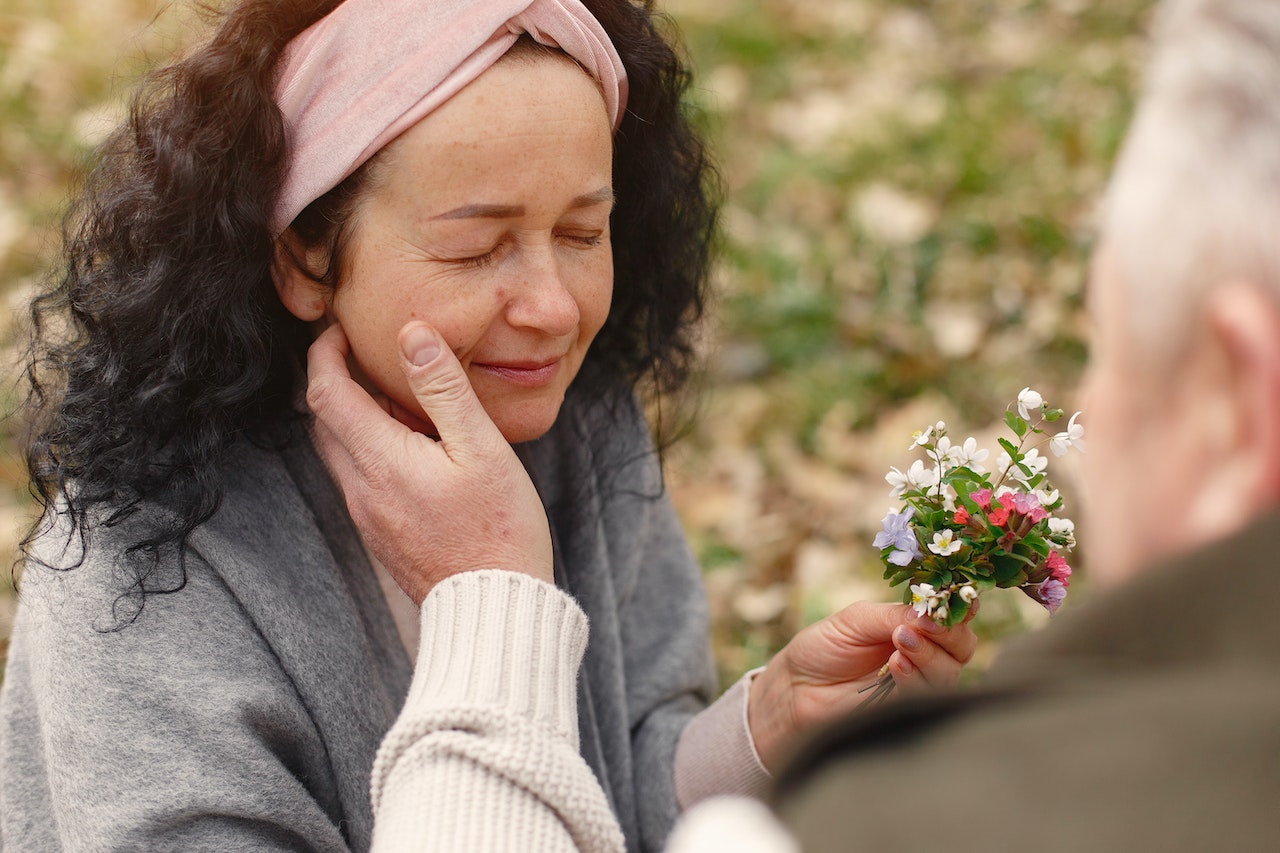

Everyone gets sad sometimes. But not everyone gets SAD. SAD, or Seasonal Affective Disorder, is a condition that occurs when your mood changes with the seasons. And while anyone could potentially get SAD at any time of the year, it usually happens during the colder, darker months.
There are many reasons why you might feel SAD from the end of fall through the start of spring. You might simply not be getting enough sunlight or the chemical equivalent. Alternatively, you might need to focus on strengthening social bonds instead of letting them slip. Here are a few different reasons you might feel SAD and what you can do about it.
Seek Sunlight
While it might seem trivial, a lack of sunlight can have a significant and detrimental effect on your mental health. That’s because skin exposure to sunlight is one of the main ways your body naturally produces vitamin D. Vitamin D is crucial for critical body functions — your muscles, brain, heart, and immune system all have vitamin D receptors. So when your vitamin D levels are low, your body and your mental health suffer.
Some believe SAD often occurs during the winter months because of vitamin D deficiency. The sky is naturally darker from late September to late March, and daylight savings doesn’t help. By setting the clocks back an hour, society reduces the chances that people get enough light exposure. So you must make sure to schedule light time into your day literally. Even just 15 minutes of sun on your face can make a huge difference.
However, on some winter days, the sun just doesn’t shine. That’s why it can be a good idea to have a backup. A lightbox, or SAD lamp, is a device you can purchase that mimics the effects of the sun. It effectively tricks your body into thinking you’re experiencing sunlight, causing it to produce vitamin D. No matter how you do it, prioritizing sun exposure, whether real or artificial, is essential for fighting winter SADness.
Socialize
Humans are social creatures. Some are more extroverted than others, but everyone needs someone. People live and thrive even when they have the appropriate amount of social bonding. This could be why you might feel increasingly SAD in the winter months. As it gets darker and colder, people tend to go out and socialize less, creating a vicious cycle.
The holidays somewhat alleviate this issue. Notice that most of the typical American holidays occur in the latter, darker half of the year. Halloween to New Year is a hectic time that can quickly fly by because of all the events and gatherings. Most cultures worldwide have celebrations that last days to weeks during this period. These events create reasons for people to gather, and they can boost morale during hard times.
Now think about January, February, and March. Besides Valentine’s Day (the positive effects of which are debatable), your calendar probably looks as cold and bleak as the weather. So spice things up a little! You don’t need a big occasion to host a gathering — celebrating togetherness is a good enough reason. The end of January, in particular, is a perfect time, as it’s unlikely that many people are busy.
One of the best things about creating social gatherings is it helps everyone with their SADness. You might just help a friend who was really struggling but didn’t know how to reach out. And who knows? Maybe your new event can become a yearly tradition in your friend group.
Secure Your Sleep Schedule
Just like the worst of weather can dissuade you from going out, it can also disrupt your staying in. Unless you’re a night owl, working during daylight hours can be far more motivating than during darker ones. It’s easier to maintain a sense of time, as, without shadows, the night can seem eternal. This psychological effect can bleed into your discipline to maintain a routine since darkness falls so early in winter.
So it’s critical to keep a healthy schedule during the winter months. Of course, a healthy schedule looks different for everyone, but it always revolves around getting good sleep. A whole, restful night of sleep can completely make-or-break your motivation to get things done. Especially in winter, since it’s likely that the sun won’t rise for a while after you get up.
Sleeping in is okay sometimes, but do your best to go to bed and wake up simultaneously each day. You’ll make better use of the sunlight hours that you do have. You’ll also increase the chances of getting that all-important vitamin D. Maintaining a regular sleep schedule will support your ability to stay productive during the day. You’ll feel good by taking care of your responsibilities so that you can host that deep-winter gathering later on guilt-free.
Stay Clean
Like your sleep schedule, it can be easy to let your cleanliness go during winter. However, cleanliness applies to many aspects of life, from your external environment to your internal one. So it’s essential to ensure you’re doing your best to keep your health during the winter months. And since you’re ensuring a healthy sleep schedule, you’ll more likely have the energy to do so.
A clean external environment is precisely what it sounds like. No matter what kind of place you have — a house, apartment, condo, or a yurt — it’s essential to maintain it. Dirty living spaces have a negative effect on your mental health. You can think of a messy external environment as a reflection of your internal state of mind and vice versa. So if you’re feeling down, change your sheets and make your bed — your mind will thank you later.
A clean internal environment means eating healthy — another fundamental that’s easy to neglect during winter. This is because the months of October through December are filled with tasty treats. If you’re particularly susceptible to sugar, do your best to balance it out. Remember, it’s not about entirely abstaining from treats but about ensuring you compensate with proper nutrition.
Stabilize Over Time (Journal)
Some days are better than others, and the dark ones at the end of the year are no exception. While there are many ways to improve winter days, it can be hard to know if your methods are working. After all, no one solution will make everything better. For example, maybe your SAD lamp gives you a nice boost in the morning, but then you find that you just can’t focus in the afternoon. What’s going on?
Keeping a journal is a great way to keep tabs on yourself. It allows you to track your progress over time to see the bigger picture of your overall health. For example, you might reflect on a previous entry where you also felt good in the morning but lost energy later. You recall from the journal entry that you used your lamp in the morning but ate too much sugar at lunch. And the same thing happened today — a connection!
A once-off occurrence is just that: chance. But something happening twice is a connection, and thrice is a pattern. Journaling lets you observe yourself as a series of living practices. As a result, you can more clearly and concretely deconstruct your habits to find what’s working and cut out what’s not. It takes effort and consistency but can help you guide yourself more effectively over time.
Successful SADness Survival
Sometimes it can be tricky to know precisely why you’re feeling down. There are probably a few interconnected factors at play. So it’s helpful to remember that you’re a living creature, and living creatures need certain things to thrive. Sleep, good seasonal food, and sunlight are essential for any creature, but humans are particularly social. So it’s also important to maintain good personal and interpersonal health throughout the winter.
Even if you yourself don’t get too SAD, you probably know someone who does. So reach out and help those around you. Helping others often has a positive effect on your own psychology. So by helping others, you also help yourself. It’s a beautiful cycle that can brighten up even the darkest winter day.
Featured Image Credit: Photo by Gustavo Fring; Pexels; Thank you!











Abby Miller
Student at UC Berkeley, currently working on a degree in Electrical Engineering/Computer Sciences and Business Administration. Experienced in CSX, productivity management, and chatbot implementation.